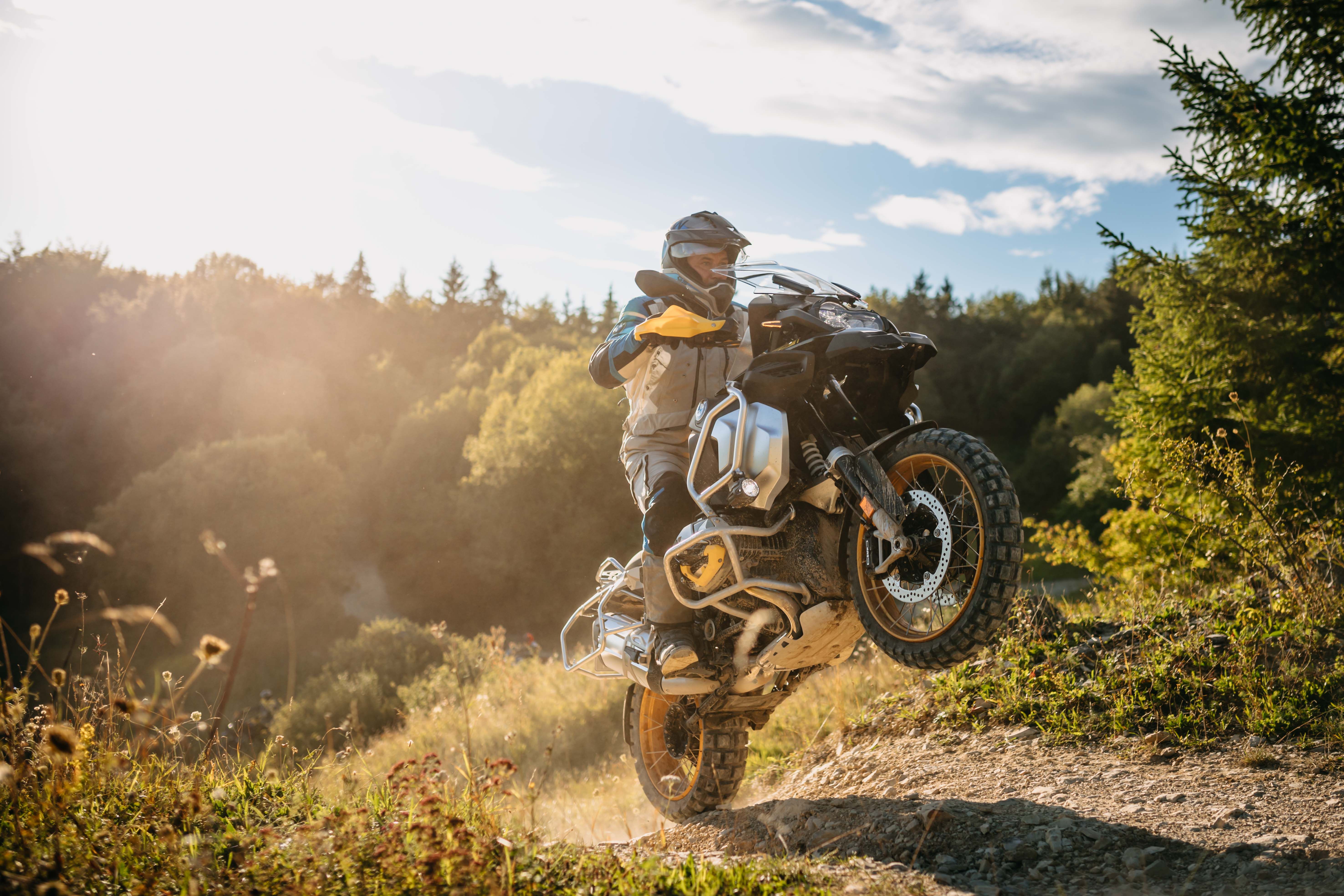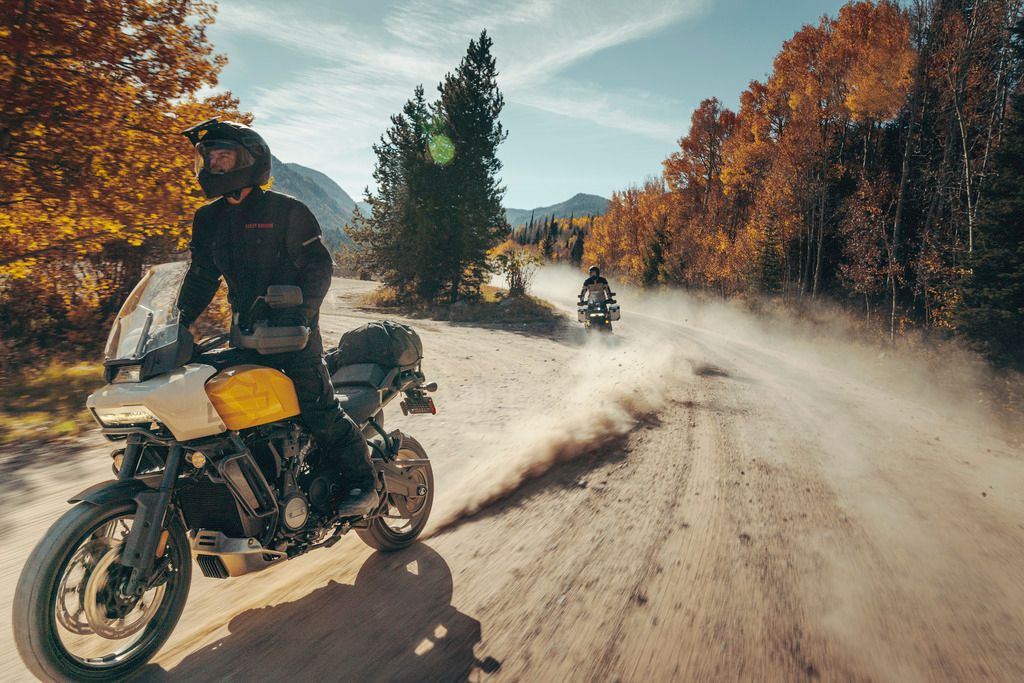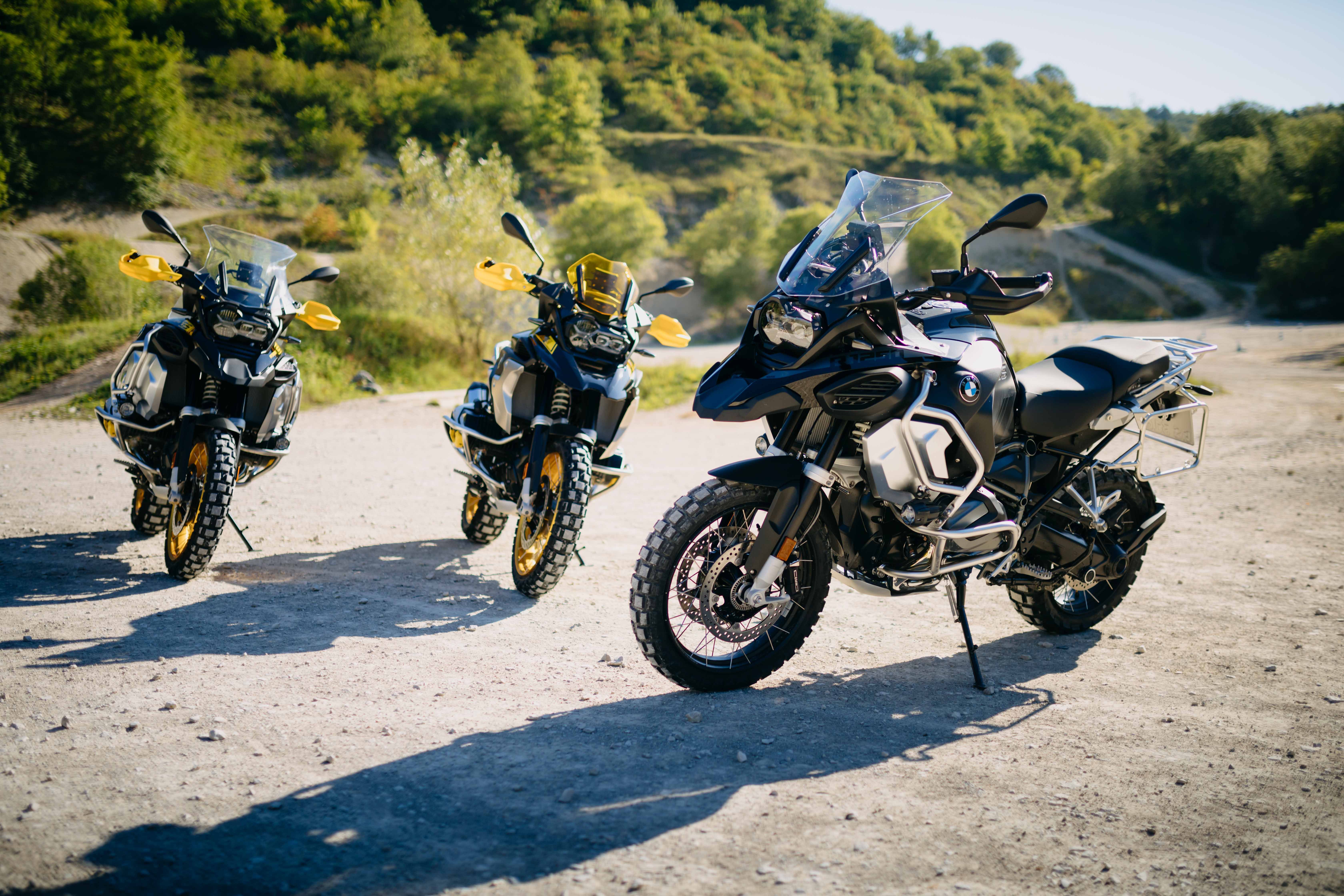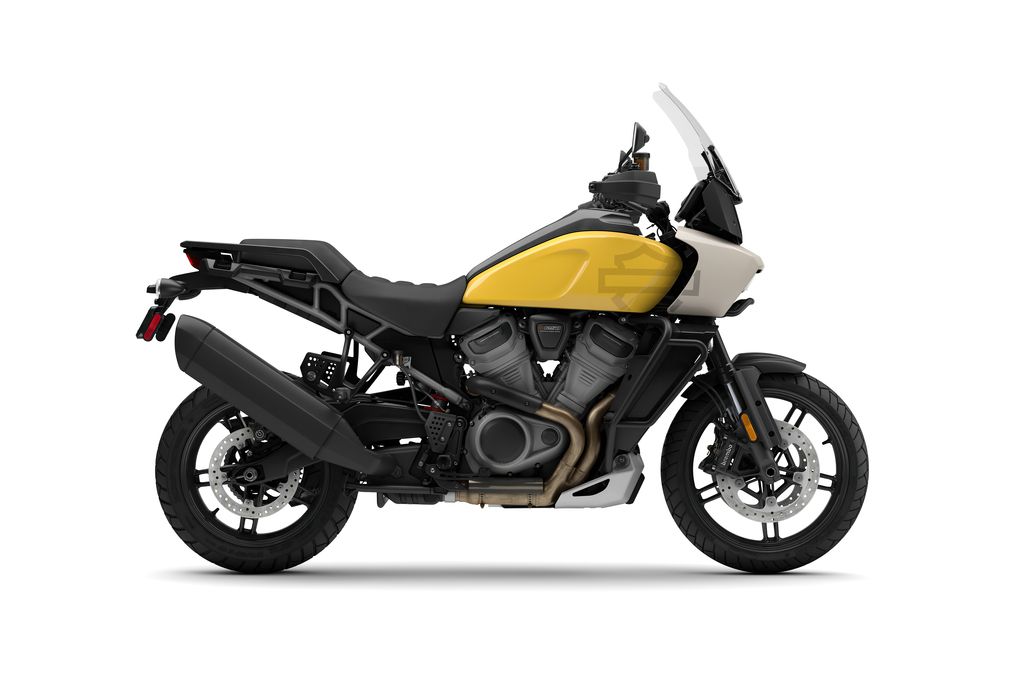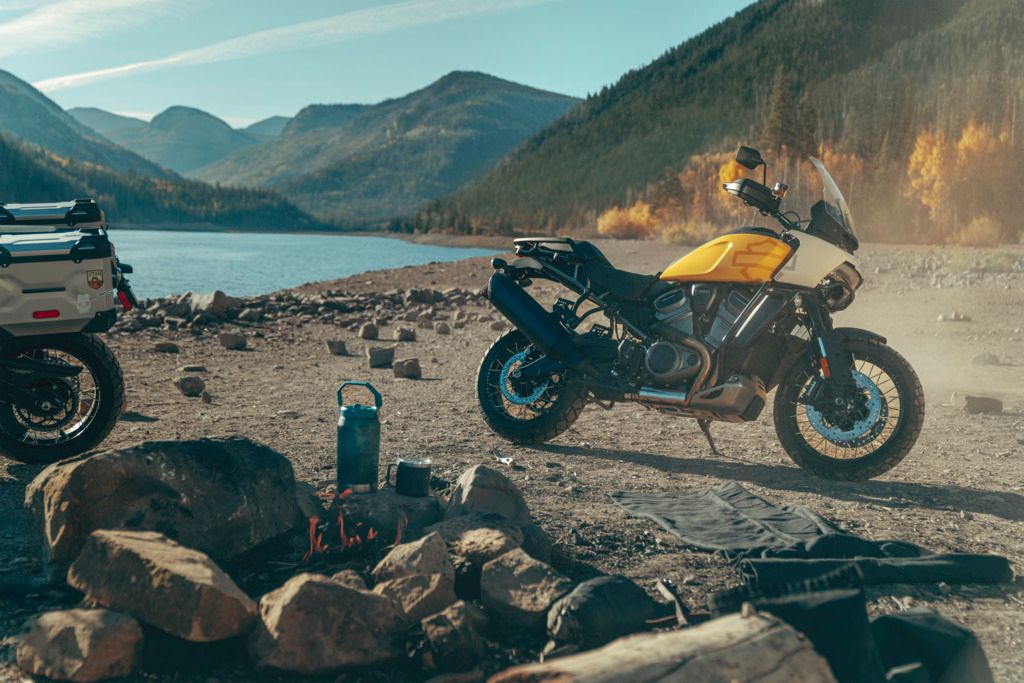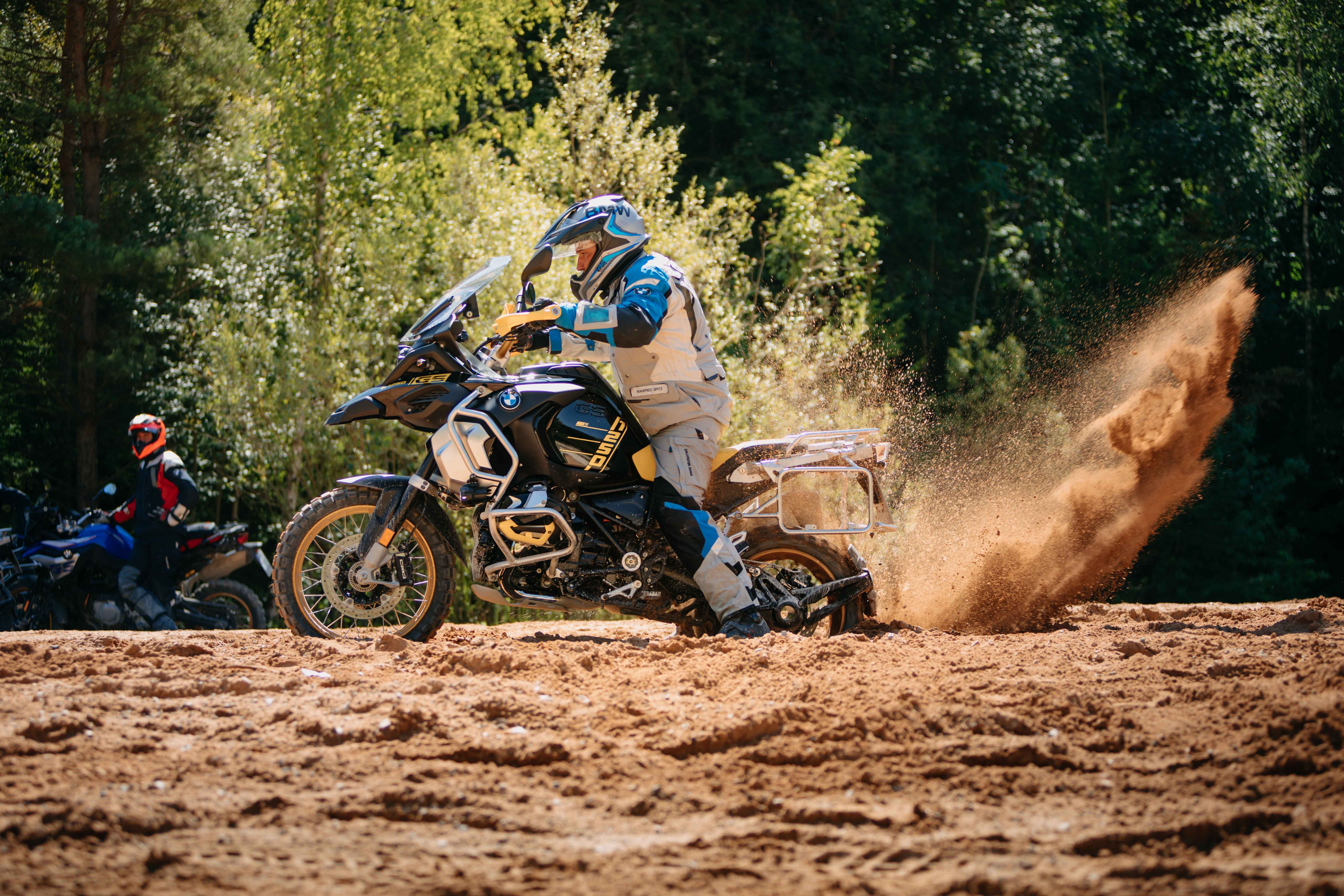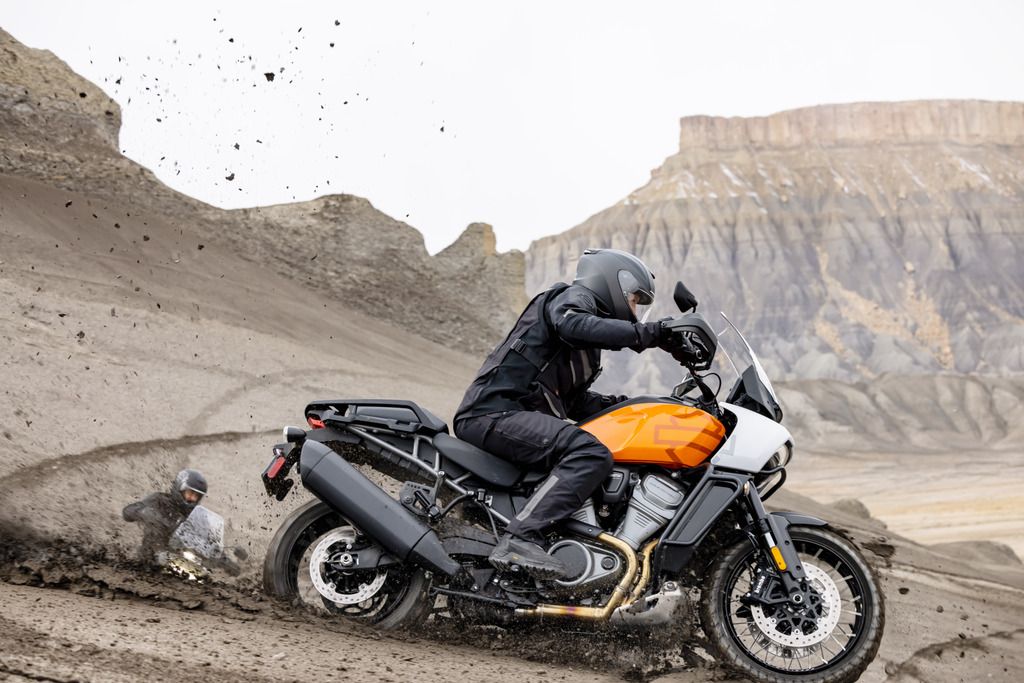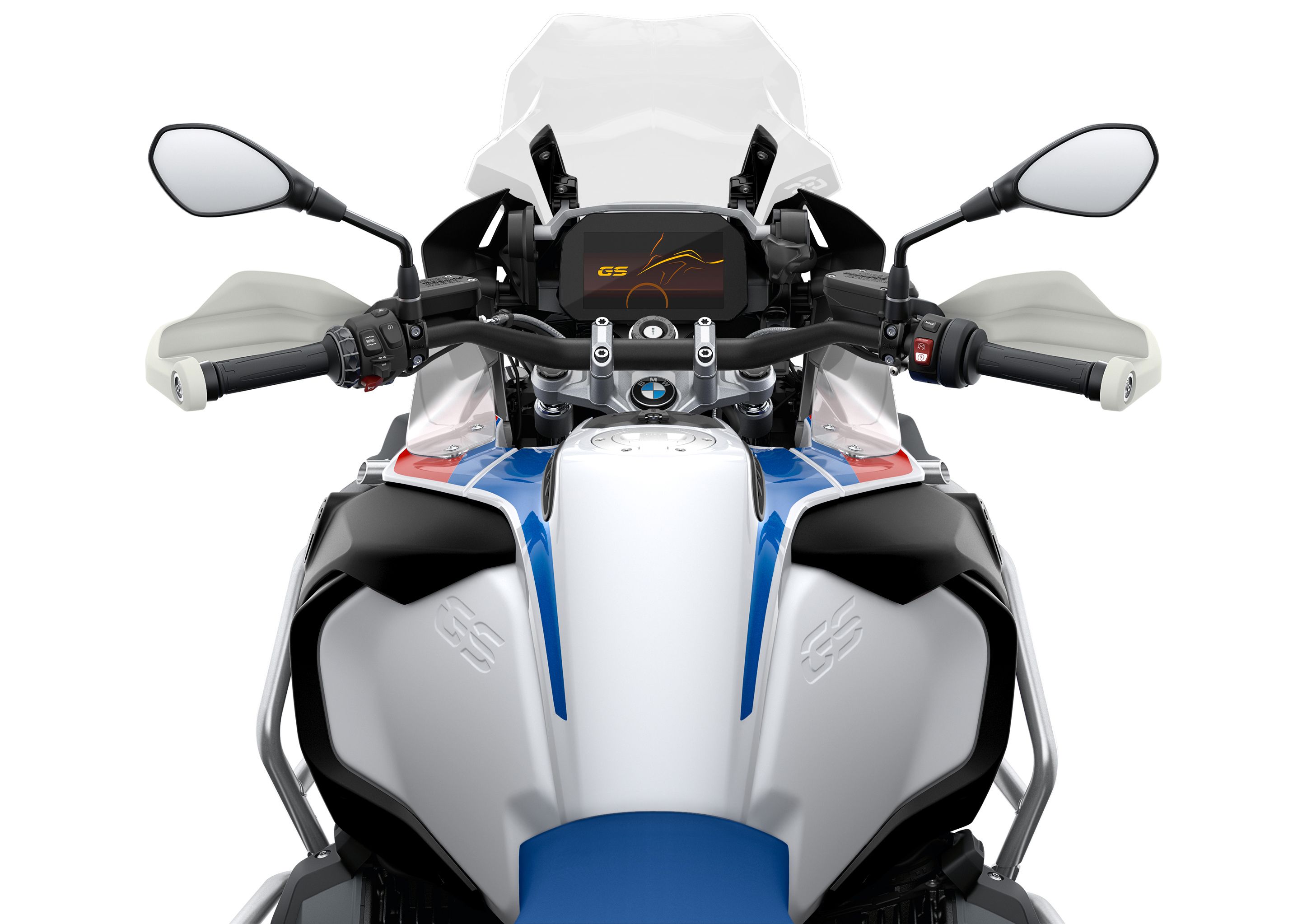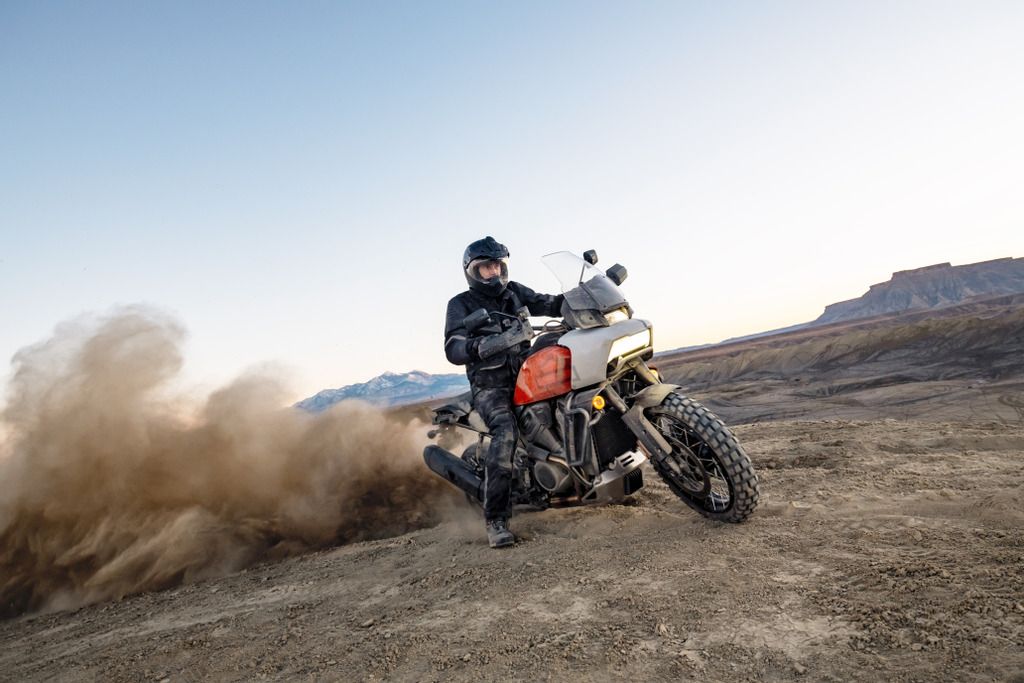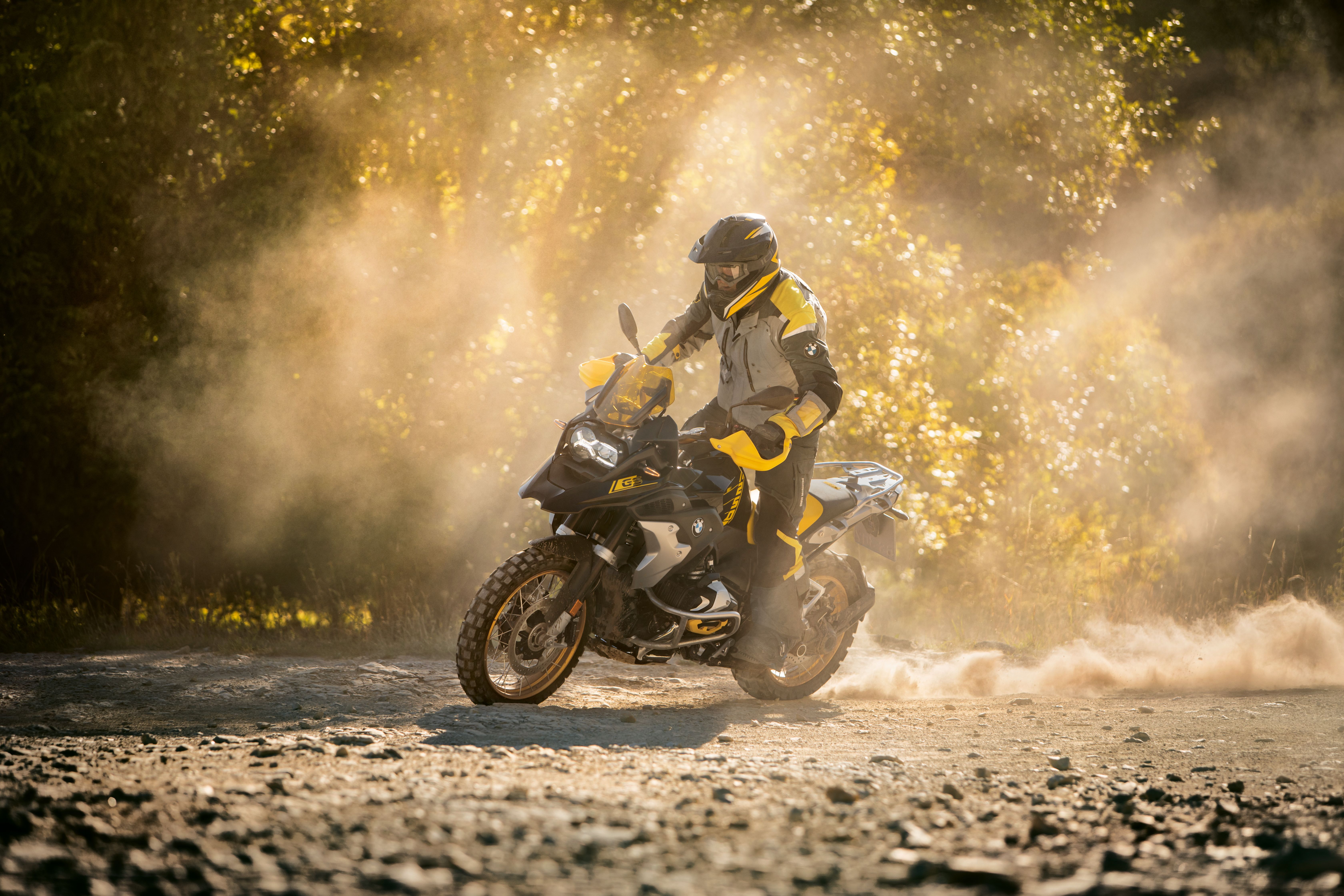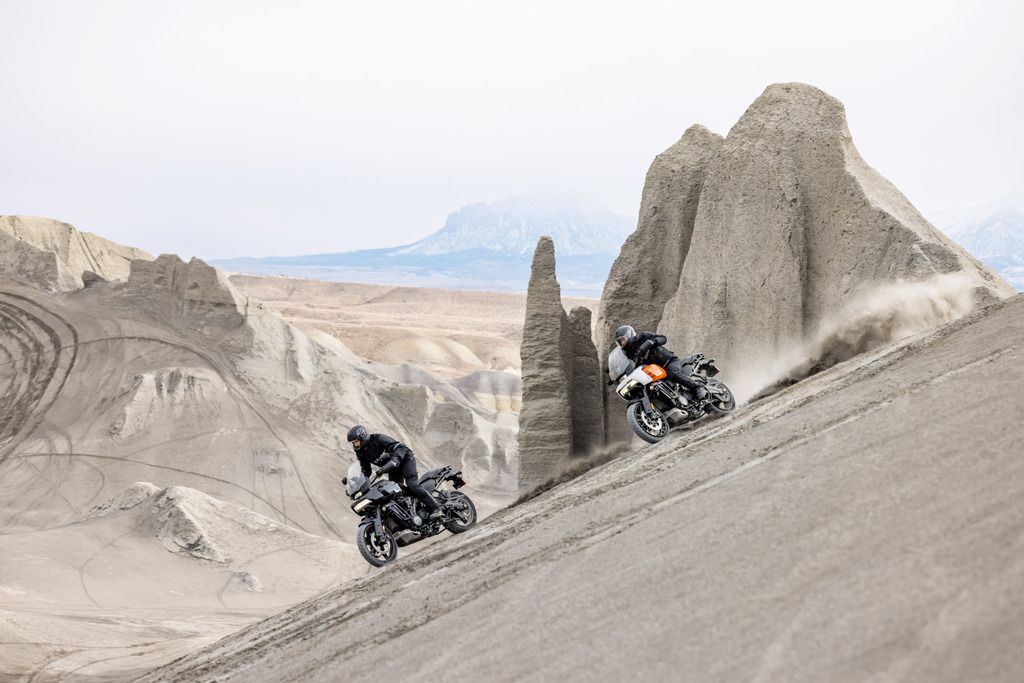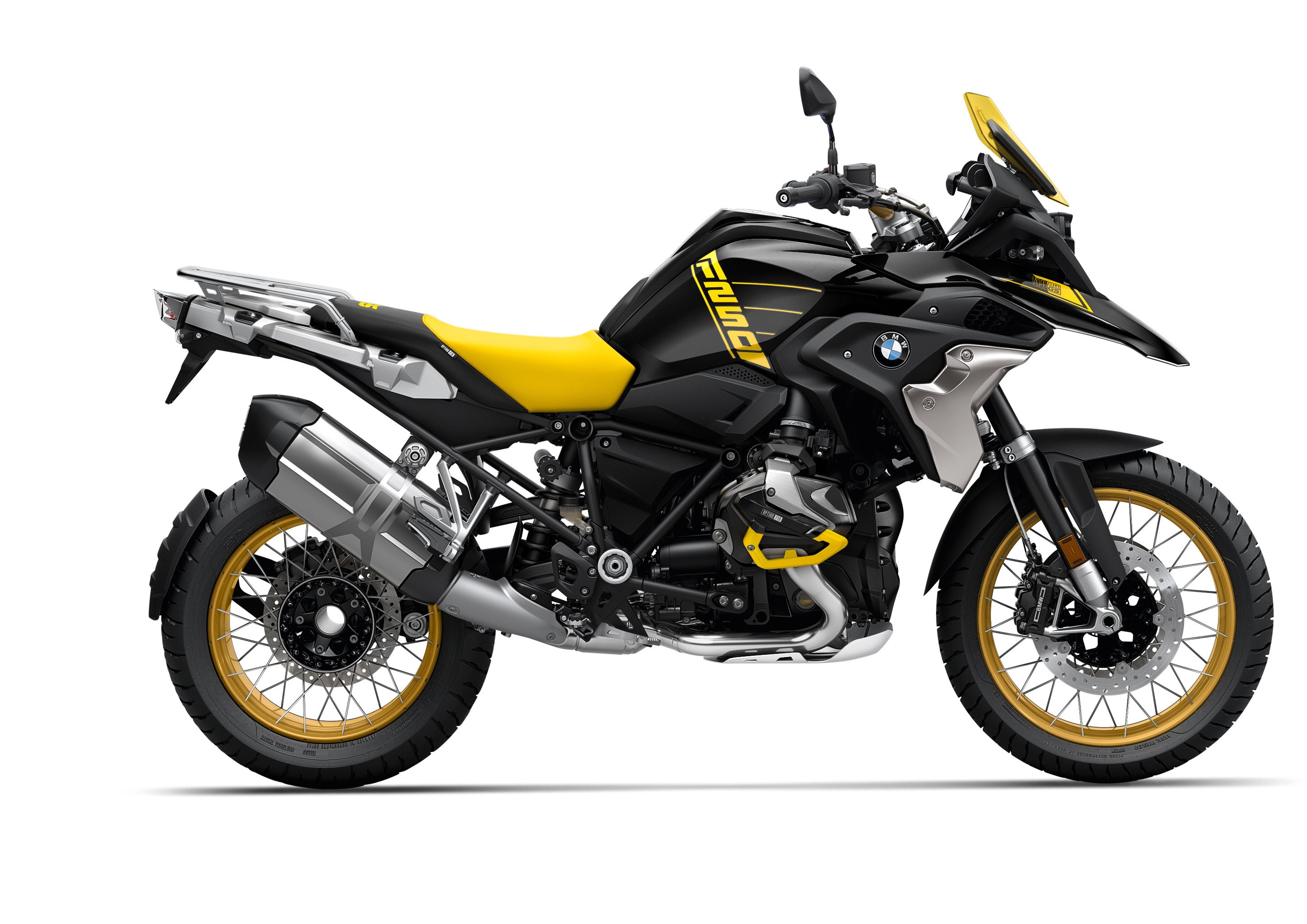The nerve of Harley-Davidson, first to enter a market in which it has never played before and (unless you include Buell) take on the best in the world, all of whom have had at least 20 years experience. Not only did they enter the market, but they entered the market so convincingly that comparisons can be immediately drawn to the leading competitors, and the outcome in doubt right up to the final reckoning.
There’s no doubt that brand loyalty is fierce in the adventure segment. But, take a cold, clinical look at the Pan America and the current leader of the pack, the BMW R 1250 GS, reveals that BMW has every right to be worried. Harley-Davidson cannot afford to rest on their laurels either, so let's take a closer look at what these two giants of the segment have to offer.
6 Harley-Davidson Pan America 1250 S vs BMW R 1250 GS: Engine
In the adventure class, only Triumph and Ducati have anything other than a twin-cylinder engine: inline three-cylinder and V4 respectively. The BMW’s flat - or boxer - twin has a displacement of 1254cc against the Harley V-Twin’s 1252cc. The Harley has full liquid-cooling, the BMW is cooled by a mixture of air and water, the BMW making 134 horsepower and the Harley 150 horsepower. The Harley has zero-maintenance hydraulic tappet adjusters: the BMW’s need to be adjusted manually.
BMW leads on torque, with 105 foot pounds, while the Harley makes 94 foot-pounds. BMW employs shaft drive, Harley uses a chain, both driving through a six-speed transmission. Both will top 120 mph easily. The BMW excels in low and mid-range torque delivery, helped by the variable valve timing, while the Harley has more high-rev punch.
5 Harley-Davidson Pan America 1250 S vs BMW R 1250 GS: Suspension
Both bikes have semi-active suspension, but that is where the similarities end. The BMW uses that company’s Telelever front suspension, with a single coil-over shock mounted high up near the headstock. It’s a tried and tested set-up and works well, offering a high level of anti-dive under braking but being confidence-inspiring when the going gets fast or rough, at the expense of a little front-end feel. Harley-Davidson uses conventional forks, of the upside-down variety, which also work well and are slightly more predictable when pushing on, no matter the road surface.
The BMW has a single-sided swing arm, the Harley has a conventional twin-sided swing arm. Both use a single coil-over shock at the rear. The electronic suspension on both have preset modes, depending on the riding surface. Harley wins on innovation with its novel Adaptive Ride Height, which automatically lowers the bike by 2-inches when it comes to a stop, which neatly addresses the height issue of these tall bikes, which usually puts them out of reach for shorter riders. It’s a clever bit of thinking that will surely be copied by all the other manufacturers.
4 Harley-Davidson Pan America 1250 S vs BMW R 1250 GS: Electronics
No adventure bike - no motorcycle worth its salt, for that matter - can be taken seriously if it doesn’t have an extensive suite of electronic rider aids and the Pan America 1250 S and R1250 GS are well-matched in this respect. Both have multiple rider modes - the BMW has seven while the Harley has eight, including three customizable modes.
Both are equipped with lean-sensitive ABS and traction control, in addition to the electronic suspension. Cruise control, naturally, is available on both, but the Harley’s system is a little fiddly compared to the BMW’s. Both have full-color TFT dashboards and each has its own strengths and weaknesses.
3 Harley-Davidson Pan America 1250 S vs BMW R1250 GS: Practicality
There’s nothing to choose in terms of riding practicality between the two, but there are detail differences. Adjusting the clear screen on the BMW is simplicity itself: turn the knurled knob one way to lower, the other way to raise. The Harley’s system really requires you to adjust the screen while at a stop: trying to do it on the move is awkward and, actually, pretty dangerous. Depending on where the screen is set, the left handlebar will hit the screen at full lock.
It’s the same with the seat. Luggage strapped to the rear carrier and over the pillion seat of the BMW is no barrier to adjusting the height of the rider’s seat, which can be removed independently of the pillion seat. On the Harley, you have to take the pillion seat off to access the rider’s seat, which means unstrapping the luggage. It’s a small point, really, most of us will only need to adjust the seat height once, but it shows BMW’s experience with these small details.
2 Harley-Davidson Pan America 1250 S vs BMW R 1250 GS: Conclusion
It’s really nip and tuck between the two bikes: where one gains, it loses in another area and vice versa. For a first attempt, the Harley-Davidson is incredibly good. Let’s not forget that it’s more than a first attempt: it’s a complete departure from anything that Harley has built before. The engineers couldn’t use a modified existing platform: the Pan America is new from the ground up and yet it simply doesn’t feel like it. There is nothing you can point to that is glaringly bad - a couple of areas where it could improve but isn’t that natural? When did you last ride a 30-year-old BMW GS? Try one now, and it’s not great compared to what it is now. BMW has had 40 years to perfect the GS and Harley is at the beginning of its development curve. Of course, Harley-Davidson has the benefit of learning what works after it has been tried out by all the other adventure bikes on the market, but that doesn’t dilute the achievement.
The BMW R 1250 GS should be good - it’s been around for long enough! Everything about it is so incredibly polished and beautifully engineered, the electronics are incredible, and the suspension gives the most uncanny magic carpet ride on fast dirt surfaces, while being able to give sports bikes a run for their money on fast, twisty roads in the right hands. The engine has been given a brilliant new lease of life with the Shiftcam variable valve timing and, even if it loses out on peak horsepower over the Harley, it more than makes up for it with a broad spread of punchy torque in the low-to-mid range. It’s hard to see where the R 1250 GS could be improved, but, no doubt BMW will find a way, especially in light of the competition from rival manufacturers, among which Harley-Davidson can now proudly hold up its head.
1 Harley-Davidson Pan America 1250 S vs BMW R1250 GS: Price
There really is no such thing as a cheap bike - cheap as in inexpensive - these days and the adventure class, with its proliferation of electronics, is getting ever more expensive. The BMW R 1250 GS starts at $17,995 and can go all the way up to $26,000 if you opt for the Adventure model. The Harley-Davidson Pan America starts at $17,699 for the base model and around $22,000 for the S model.
That is a lot of money whichever way you slice it, but you have to remember that an adventure bike is the most versatile bike on the planet, good for just about any type of riding you’d care to mention. They’re proper Jacks Of All Trades and, unlike the rest of that saying, very good at each and every one.

